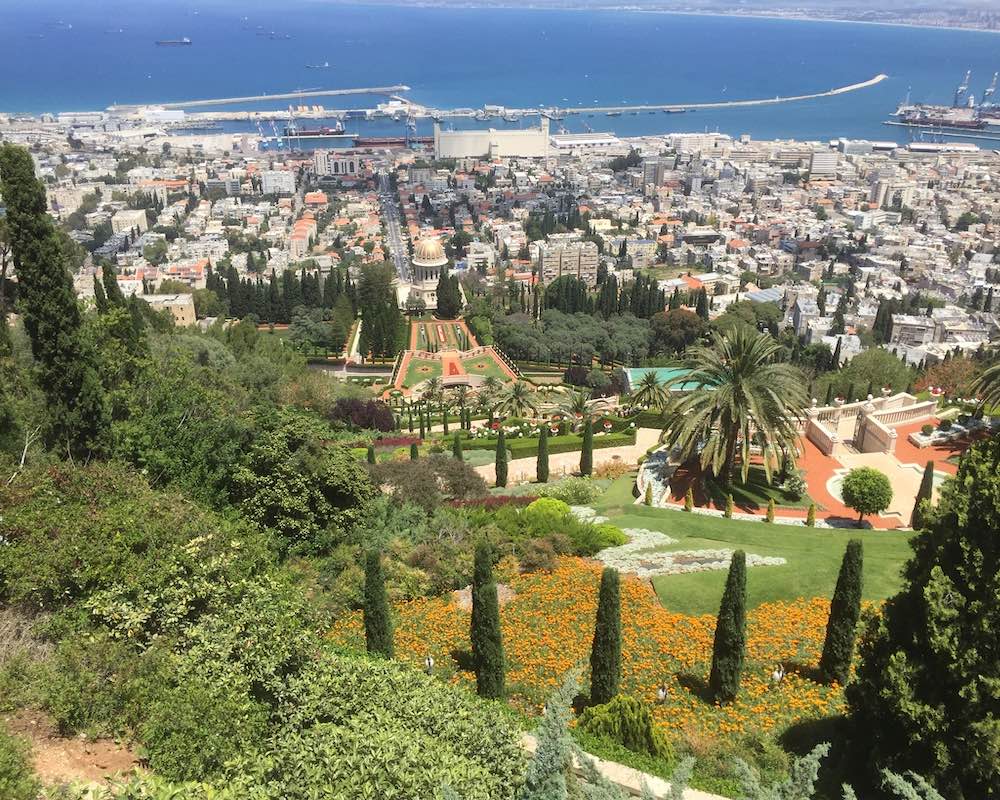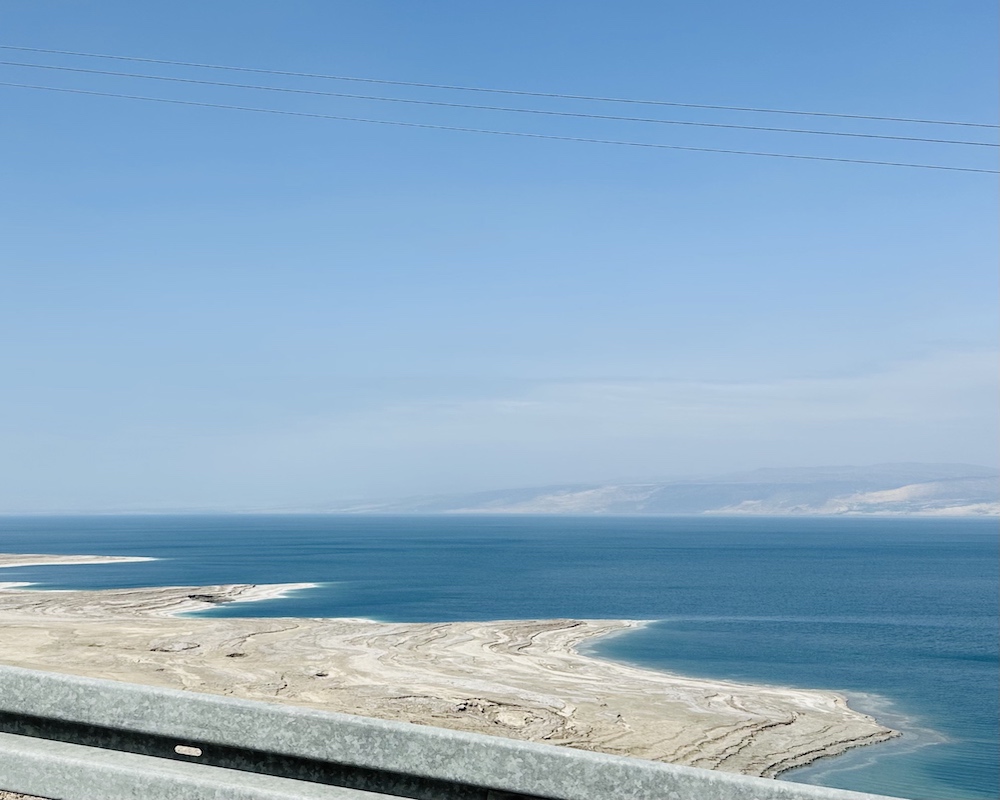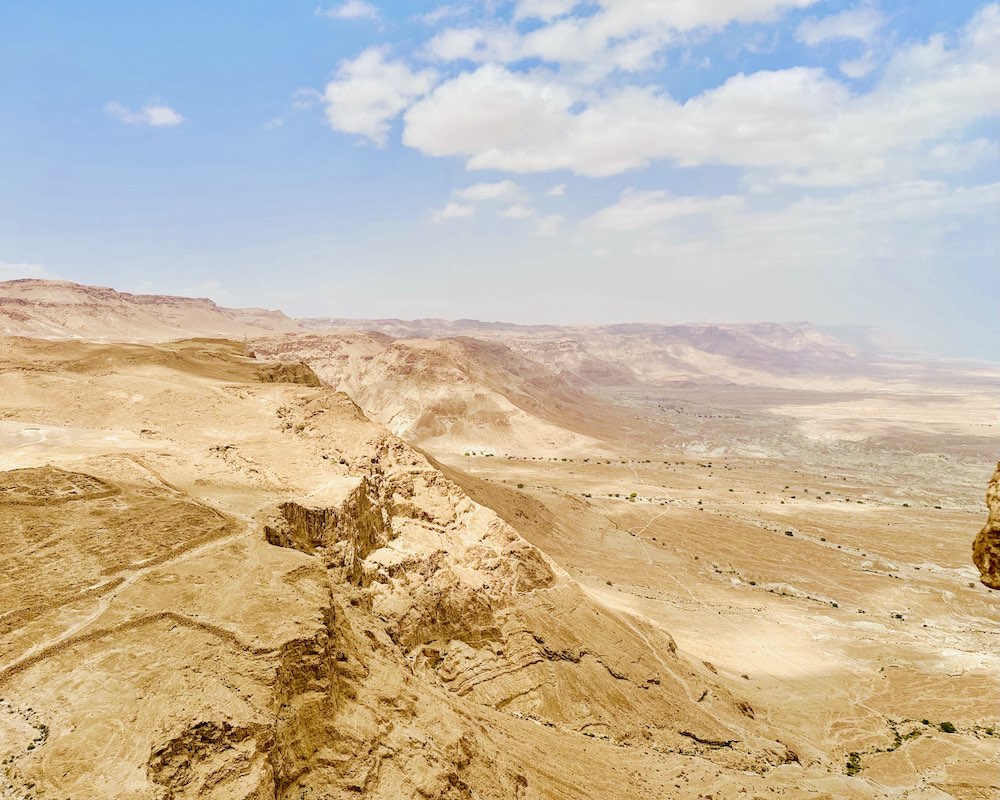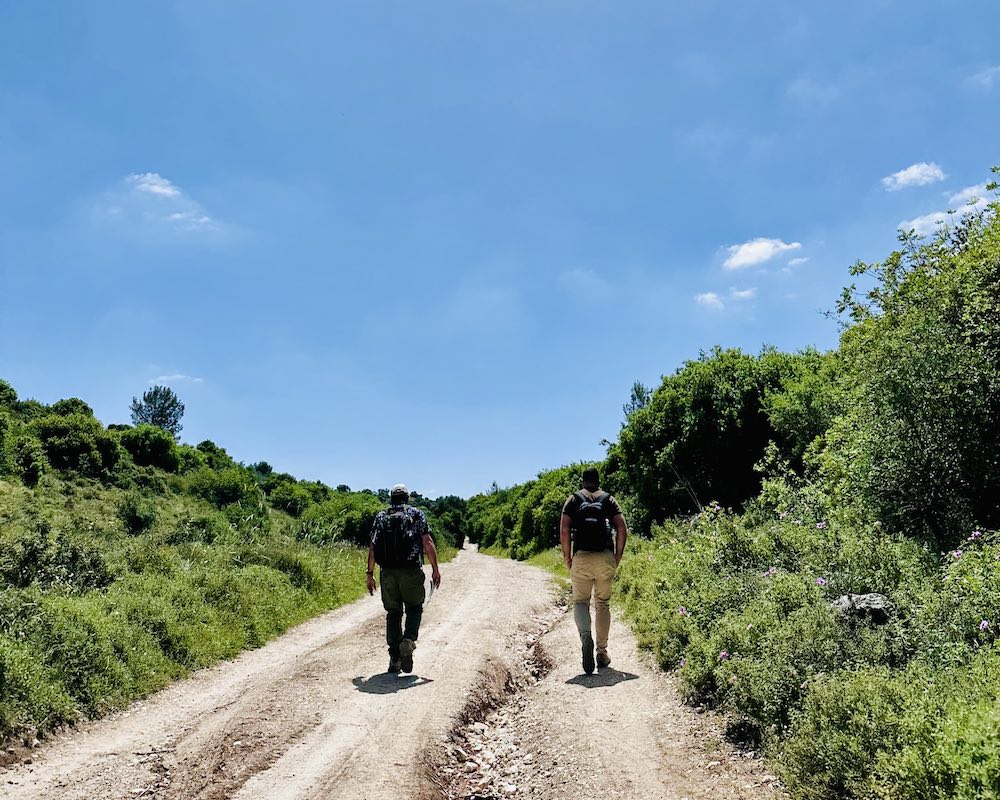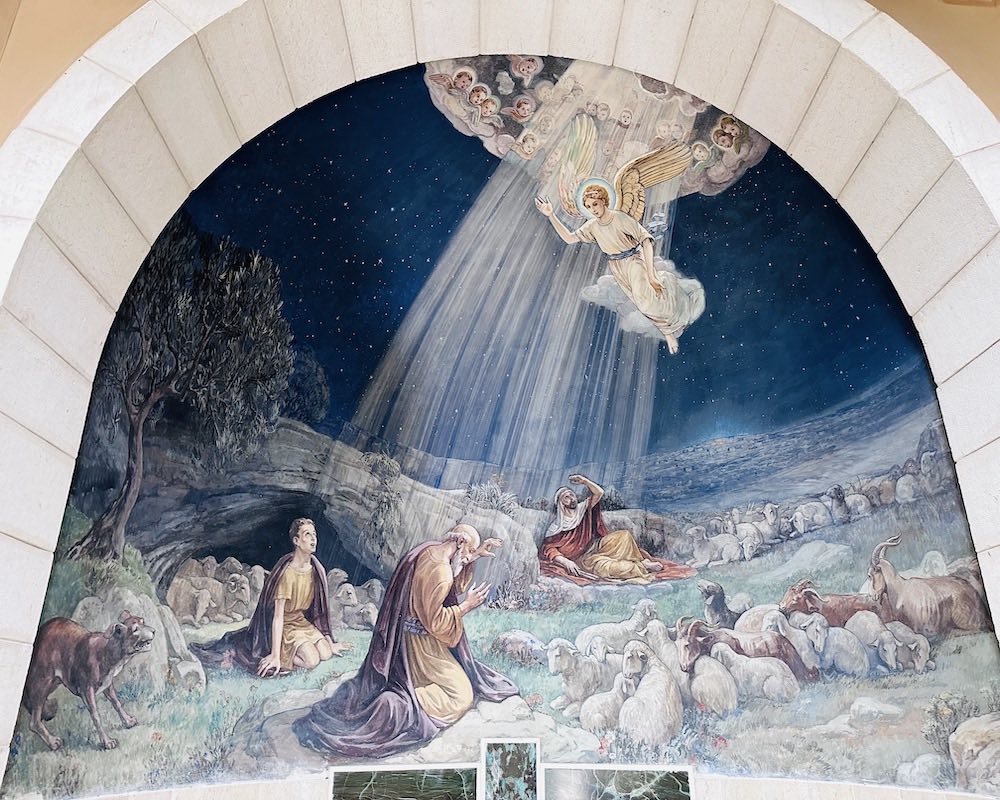
When most people think about the places they want to go in Israel, Bethlehem tops the list. It’s the place where Jesus was born, but that is only scratching the surface of this small town’s importance and appeal. There are some very underrated gems in Bethlehem, including these.
Church of the Nativity and Church of St. Catherine’s
This church was built over the place where it is believed Jesus was born. Its affiliation is shared with Roman Catholic, Armenian Apostolic, Greek Orthodox, Coptic Orthodox, Ethiopian Tewahedo Orthodox, and Syriac Orthodox churches.
The Grotto below the church is the main attraction here. You’ll see the 14-pointed star that marks the birthplace, as well as the traditional site of the manger where Jesus was laid after he was born. This church was designated a as a UNESCO World Heritage Site in 2012 and is a must-see for Christian visitors.
The Shepherds’ Fields
The Shepherd’s Fields are the same fields where angels appeared to shepherds to tell of Jesus’ birth. You’ll see the Church of the Shepherds’ Field while you’re here, and there is a cave here that you can go inside to see what a “stable” was like in biblical times. Interestingly, these are the same fields where David was a shepherd as a boy, before he defeated Goliath and became King David.
Rachel’s Tomb (Kever Rachel)
Near the North Checkpoint (aka Rachel’s Tomb Checkpoint) into Bethlehem, you’ll find Rachel’s Tomb. Like Jerusalem, it’s a site that’s important to three major religions: Judaism, Christianity, and Islam. Rachel was Jacob’s wife and mother of Joseph (the one with the coat of many colors). Genesis 35 says that she died in childbirth on the road to Bethlehem (called Ephrath at the time). There is now a domed tomb at the site, which people of all three faiths visit.
Milk Grotto
This is a unique site that’s not mentioned in the Bible, but it is frequently visited by both Christians and Muslims. Tradition says that a drop of Mary’s milk fell on the ground of this small, hollowed-out grotto, and that turned the inside of the grotto white. Women hoping to conceive or to have more milk production for their babies will sometimes take some of the chalk from the cave and mix it with their food, then pray to Mary. There is a small chapel here, and the site was recognized by Pope Gregory XI in 1375.
Banksy Street Art
Banksy, the famed British graffiti artist, has a special affinity for Palestine and its people. He started creating art in the West Bank and Gaza Strip in 2005, and there are several to be found in Bethlehem. In fact, you can take an entire tour of just Banksy’s street art on a trip here.
